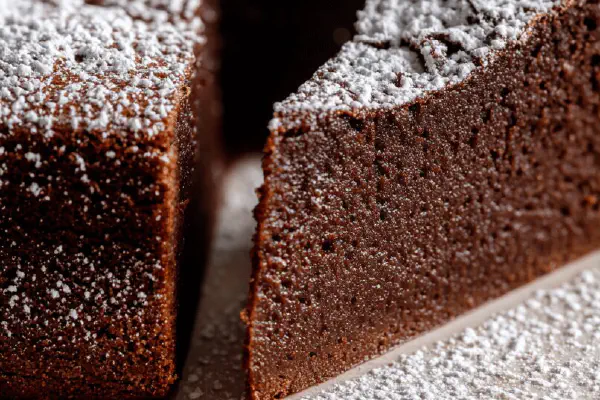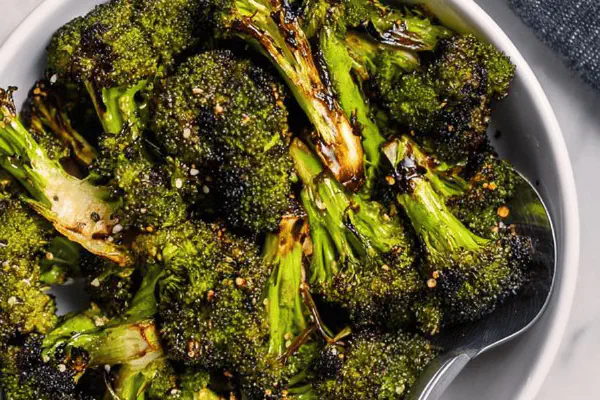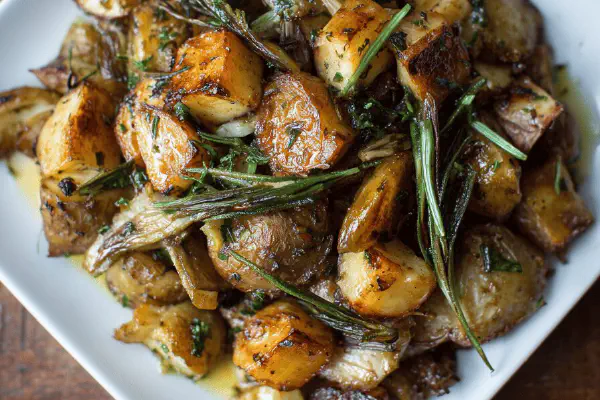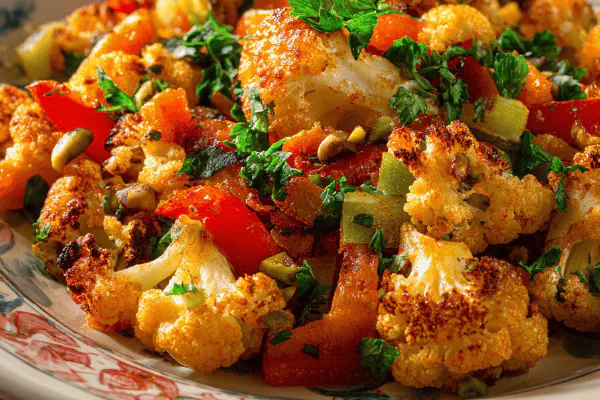Spaghetti Squash Marinara Remix
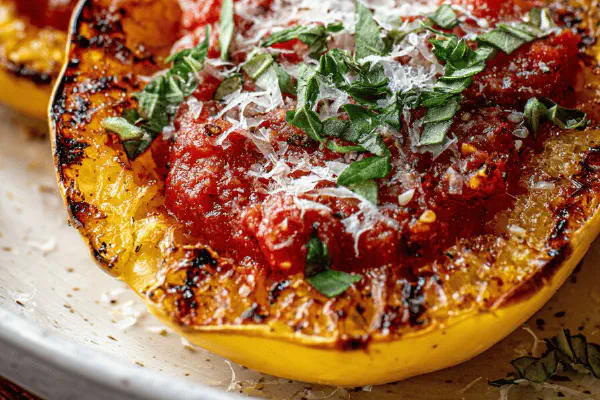
By Emma
Certified Culinary Professional
Ingredients
- 1 spaghetti squash approx 1.3 kg sliced in 5 cm rounds seeds removed
- 20 ml avocado oil
- 15 ml olive oil
- 500 ml hot spiced tomato sauce prepared with 3 cloves garlic crushed 1 tsp chili flakes 30 ml dark rum
- 30 g grated aged pecorino romano cheese
- Fresh oregano leaves to taste
- Salt and black pepper as needed
About the ingredients
Method
- Set oven rack middle position preheat at 210 C; hotter to speed roasting, watch edges.
- Arrange squash slices on foil-covered tray drizzle avocado oil brush evenly salt pepper generous. Avoid pooling oil helps crisp edges.
- Roast squash 38 to 42 minutes check doneness by stabbing thickest part fork or gently pulling strands from center. They should bend easily without mush.
- While squash roasts prepare sauce in small pan heat olive oil add garlic and chili flakes stir 2 mins until fragrant not brown pour in warm tomato sauce add rum simmer low. Sauce should sing with bubbles reduce slightly thick.
- Once squash tender remove from oven; let cool a bit so handling easier.
- Using fork start shredding flesh inward towards center creating spaghetti strands leave some intact edges for texture variation. Don’t over shred or squash falls apart.
- Place squash rounds on plates ladle 125 ml hot sauce gently in middle. Sprinkle pecorino and scatter oregano leaves generously. Serve immediately.
- Optional garnish cracked black pepper flakes for punch.
Cooking tips
Chef's notes
- 💡 Roast squash slices 5 cm thick; too thin means dry strands, too thick slows cooking and keeps fibers tough. Watch edges darken but don’t burn. Use avocado oil because olive oil alone smokes at 210 C; switch ratios if needed based on oil availability.
- 💡 When shredding, poke with fork gently while flesh still warm but cool enough to handle. Start at skin edge pulling inward, leave some strands intact for texture variance, prevents mushy mash. Don’t shred cold squash, fibers toughen and resist pulling apart cleanly.
- 💡 Simmer tomato sauce low heat to avoid garlic bitterness; add rum at end for brightness boosting acidity and mouthfeel. Chili flakes wake sauce subtly but don’t overpower; adjust to taste or leave out for milder. Rum substitution possible with brandy or omit if needed.
- 💡 Salt after roasting; raw squash is bland but sweetens with heat. Salt too early draws moisture out and can sog edges. Fresh oregano works best. Dried herbs lose punch and won’t stand heat well. Swap oregano with thyme or marjoram but aroma changes significantly.
- 💡 Rest squash after roasting at least 5 minutes before shredding; fibers relax. Clean up’s easier using foil under tray; soak immediately as sauce and oil residue harden fast. If squash too wet, roast longer or drain strands on paper towel for better sauce adhesion.
Common questions
How to tell squash is done roasting?
Prodding thickest part with fork; should pierce resistance but flesh not collapsing. Edges lightly caramelized, crisp. Squash fibers separate when shredded. If tough, roast longer. If falling apart, overcooked.
Can I use another oil instead of avocado oil?
Yes, olive oil works but lowers smoke point, watch temp. Light vegetable oils ok but alter flavor. Butter avoided due to burn risk. Mix olive and avocado oil to balance heat tolerance with taste.
What if sauce gets bitter when cooking garlic?
Too high heat burns it fast. Lower temp, stir frequently. Add garlic after oil warmed but not smoking. Add chili flakes after garlic softens. If bitter, add a pinch sugar or extra rum to balance acidity.
How to store leftovers?
Cool quickly, pack airtight. Fridge storage 3-4 days typical. Reheat gently to avoid drying strands. Sauce can freeze separately. Squash strands freeze okay but texture changes; better fresh or no longer than a week refrigerated.
